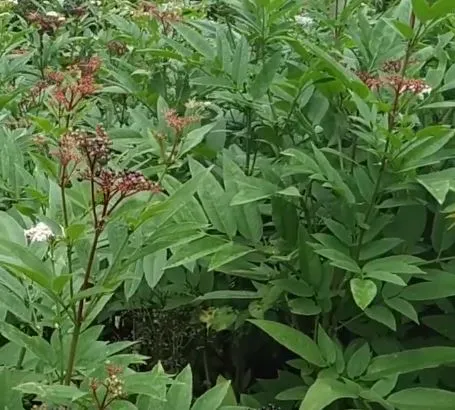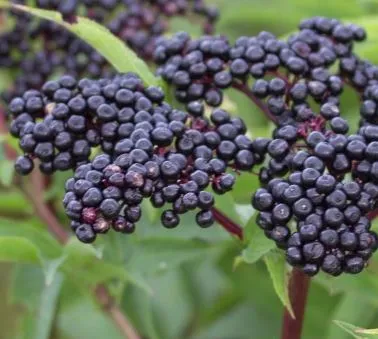Where to find Sambucus ebulus in Algeria?

Taxonomy:
Kingdom: | Plantae |
Phylum: | Tracheophytes |
Class: | Angiosperms |
Class: | Eudicots |
Order: | Dipsacales |
Family: | Adoxaceae |
Genus: | Sambucus |
Species: | S. Ebulus |
Discover Sambucus ebulus (Dwarf Elder) in Algeria: identification tips, medicinal uses, exact locations, and ecological significance. Explore native Algerian flora and wild edible plants.
Synonyms
viburnum ebulus
Sambucus ebulus var. laciniata
Sambucus ebulus subsp. laciniata
Sambucus humilis
Introduction
Sambucus ebulus (commonly called Dwarf Elder or Danewort) is a perennial herbaceous plant native to Europe, North Africa, and parts of Asia. In Algeria, it grows in humid and mountainous regions, valued for its medicinal properties but also known for its toxicity if misused.
How to identify it?
Sambucus ebulus is a perennial
plant from the Adoxaceae family
Height: 1–2 meters (herbaceous, not woody like Sambucus nigra).
Leaves: Pinnate with 5–9 lanceolate, serrated leaflets.
Flowers: Small, white to pinkish, in flat-topped clusters (May–July).
Fruits: Shiny black berries (August–October) : toxic when raw.
Stem: Hollow, reddish, with unpleasant odor when crushed.|
Type
Of Plant |
Life
Cycle |
Height |
Flowering
Time |
Altitude |
|
Herbaceous |
Perennial |
1-2m |
Mai-July |
0-400 m |
|
Mediterranean |
Edible |
Color |
Abundance |
Toxicity |
|
Yes |
No |
White |
Common |
Toxic/Low |
Other Common Name:
|
Arabic |
Berber/Targui |
English |
French |
Other
Name |
|
Khaman E-saghir |
Isemman |
Dwarf Elder |
Yéble,Petit sureau |
Elder/danwort |
Algerian and International Distribution
Algeria: Northern mountainous and subhumid regions.
Global: Southern Europe, Turkey, Iran, and the Caucasus.Where to Find It in Algeria (Exact Locations)
Sambucus ebulus thrives in:
- Northern Algeria (Humid & Subhumid Zones)
- Atlas Mountains (Djurdjura, Blida)
- Kabylie Region (Tizi Ouzou, Béjaïa)
- Aures Mountains (Batna, Khenchela)
- Near Water Sources: Riverbanks, forest edges, and damp meadows.















No comments: